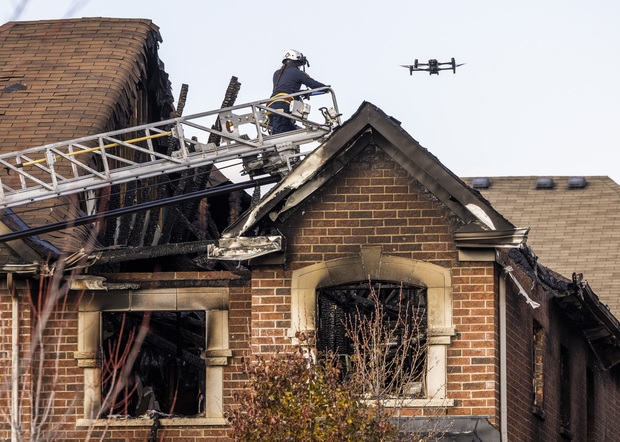A chilling warning echoes from within Canada’s border security: the current system prioritizes speed over safety, placing an unsettling burden on those seeking refuge to essentially police themselves. Mark Weber, national president of the Customs and Immigration Union, delivered this stark assessment to the House Citizenship and Immigration committee, painting a picture of a system stretched dangerously thin.
Weber argues that the focus has shifted dramatically from actively intercepting potential threats to simply processing arrivals as quickly as possible. This isn’t a matter of policy, he insists, but of resources – or rather, the severe lack thereof. Understaffing at Canada’s borders is crippling the ability to effectively vet individuals, rendering even well-intentioned legislation like Bill C-12 largely ineffective.
The reliance on automated systems, replacing crucial human interaction, is a key symptom of this problem. Instead of trained officers discerning intent through interviews and observation, the system now largely depends on travelers and claimants to voluntarily disclose any potential risks. It’s a system, Weber contends, that “waits for people who are here with ill intent to declare to us voluntarily that they are here for ill intent.”

This shift towards self-declaration isn’t simply about convenience; it’s a direct consequence of dwindling staff numbers. The CBSA’s “One Touch” intake process, intended to streamline refugee claims, is actually eroding security, reducing meaningful interaction between officers and claimants to a bare minimum. Efficiency, in this case, comes at a steep price.
While the recent budget promised 1,000 new CBSA officers, Weber points out that the actual shortfall is more than double that number. The loss of personal interaction is particularly damaging, as it hinders the ability of officers to identify subtle patterns and red flags that automated systems would inevitably miss. Early detection, he stresses, is paramount to preventing future crises.
The urgency of this situation is underscored by recent events. Canada processed nearly 90,000 asylum claims in the first nine months of 2025, primarily from Haiti, India, Nigeria, and Iran. This influx, coupled with systemic vulnerabilities, has raised serious concerns about national security.
The case of Ahmed Fouad Mostafa Eldidi, an Egyptian national granted citizenship who was later arrested in connection with an alleged Toronto terror plot, serves as a terrifying example. Eldidi had reportedly appeared in an ISIS torture video *years* before being approved for Canadian citizenship, yet somehow slipped through seven years of security checks.
Further complicating matters are plans to welcome refugees from Gaza, a move that sparked alarm in the United States. Concerns were raised that individuals with potential terrorist ties could exploit Canada’s generous support system – including financial aid, work permits, and healthcare – as a pathway to enter the U.S. undetected.
Recent polling data from the West Bank adds another layer of complexity, revealing widespread support for militant groups like Hamas among Palestinians. This context fuels anxieties about the potential for extremist ideologies to take root within Canada, highlighting the critical need for robust and vigilant border security measures.





